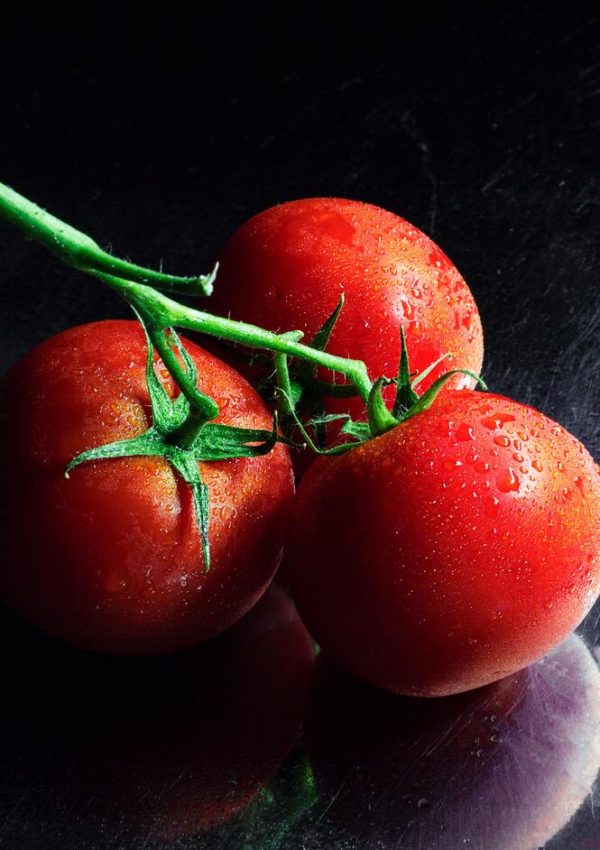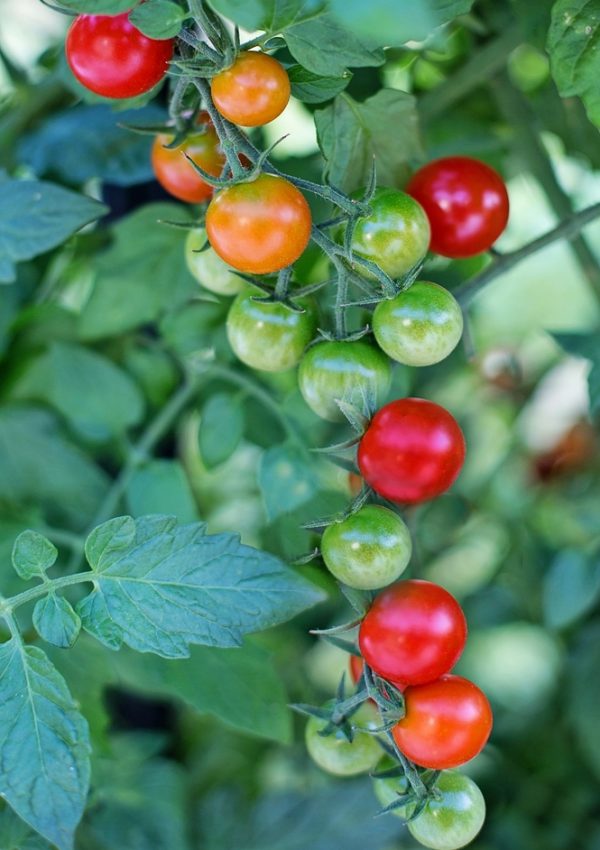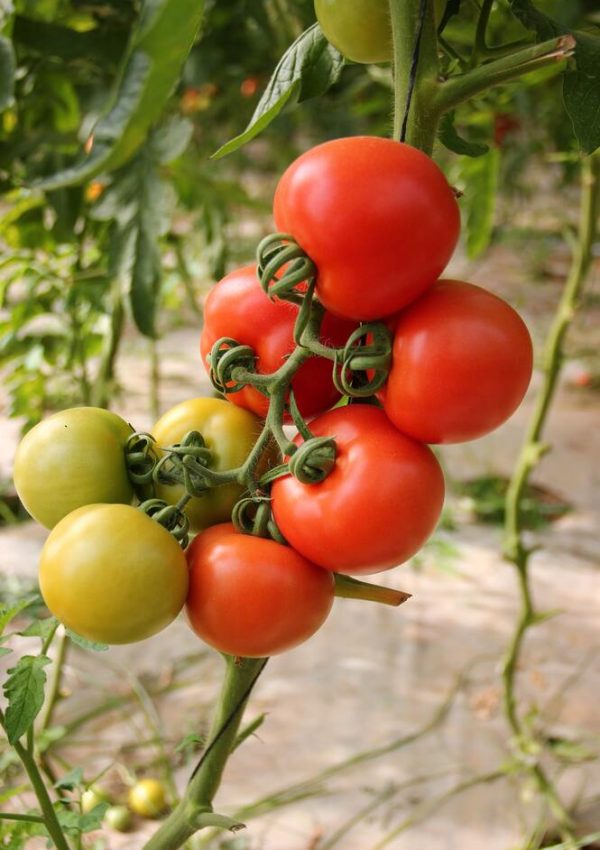Do you know how to preserve tomatoes? 95% of gardeners’ dreams worldwide are harvesting juicy and fresh-looking tomatoes in bucketfuls. This ambitious dream can come to life if you carefully follow the best tips for growing tomatoes.
This means using fertilizers, occasionally pruning, watering, and protecting the tomatoes from pests.
If you follow the tips, be ready to collect as many tomatoes as you need! However, if you can’t grow enough tomatoes, these tips on how to preserve tomatoes can be used. Remember, the healthiest ones are the ones you grow in your own organic garden.
Hurry up, gather those tomatoes, and learn how to preserve them today!
The different ways you can preserve tomatoes include sun drying, canning, freezing, and making nice & tasty tomato paste.
None of these methods take any special skills!
#1: Canning
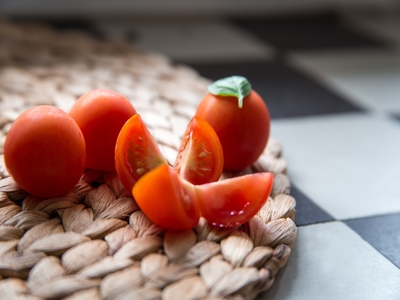
You must be wondering the best way to preserve your ripe tomatoes. Some gardeners are torn between freezing and canning. Both methods have their pros and cons, but canning ultimately outweighs freezing.
Growing up, you might have seen pantries that were always full of canned tomatoes and pickles. This is a simple method that can preserve food for a long time in the right conditions.
There are three ways in which you can preserve tomatoes through canning:
1. Store Them Wholly
It is vital to know how to provide wholesome and healthy food in your home. Wash your tomatoes well and pat them dry before enclosing them in a jar. However, try to be mindful of the dirt and chemicals that are used on plants.
Improper canning can lead to the formation of bacteria. You can decide to enclose them in lemon juice, vinegar, or citric acid to make the tomatoes more acidic.
2. Store Them in Portions
If you do not like to store the whole ones, then you can cut them into pieces. This becomes easier even when it’s time to cook them.
Remember to store them in airtight glass jars.
3. Crush The Tomatoes
Thoroughly wash the tomatoes in hot water, remove the tomato coverings, and crush the tomatoes into small pieces. After you are done, put them in air-tight jars. You can then add lemon juice, vinegar, or citric acid to prevent bacteria formation.
Pros of Canning Tomatoes
- Canning helps ensure tomatoes don’t lose their taste.
- The cans can accommodate all your tomatoes, even if they are in bulk.
- Canned tomatoes can be served with a lot of dishes like casseroles and sauces, apart from cooking.
- Storing tomatoes in cans is very affordable. They won’t get stale even if your electricity is out.
- The tomato canning jars consume less space.
Cons of Canning Tomatoes
- The stored tomatoes can easily form bacteria if not properly taken care of.
- The tomatoes can lose their natural taste.
#2: Dehydration
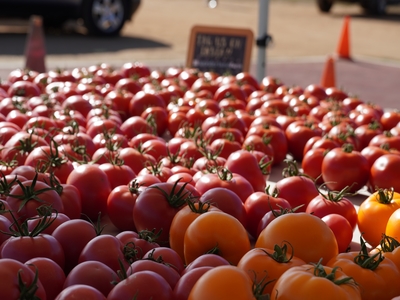
Dehydration entails sucking out all the excess moisture from your fruits. Dehydrating your tomatoes leaves that flavorful after-taste, so you won’t have to worry about losing its worth as much.
Summer is the best time to dry tomatoes!
Here are the ways you can dehydrate your tomatoes:
1. Sunlight
Lay your tomato slices on a clean tray and set them outside. If you stay off the grid and sunlight is a challenge, you can use solar energy, as well.
2. Microwave
Microwaves are used to dry the tomatoes at an optimal temperature of 57 to 60 degrees Celsius. You will know they are dry enough when they look dark red, crispy, and leathery.
If they are brittle or moist, you will need to put them in a little longer.
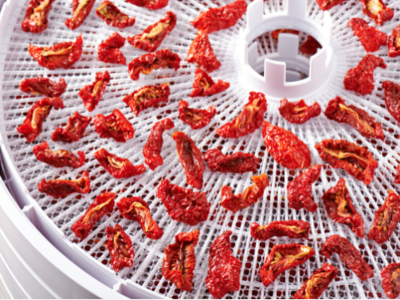
3. Electric Dehydrator
The other option would be using an electrical dehydrator. This equipment is a bit costly but very effective.
It contains thermostats that help maintain constant temperatures and ensure your product is moisture-free.
4. Powder Form
Whenever your pantries and freezer are filled to the brim, you can also turn your produce to powder. Your dishes will need a little sprinkle of ground tomato to give them that mouthwatering taste.
A well-dried tomato should easily bend, and the pulp at the middle shouldn’t stick.
Pros of Dehydrating Tomatoes
- They consume less space during storage.
- Dehydrating tomatoes gives dishes the gourmet taste that keeps you asking for more.
- You do not need unique skill sets or equipment to dry them. The sun is the most common way, but you can also use a microwave.
Cons of Dehydrating Tomatoes
- Excessive exposure to sunlight can make the tomatoes sore.
- The tomatoes may get a different taste.
#3: Freezing
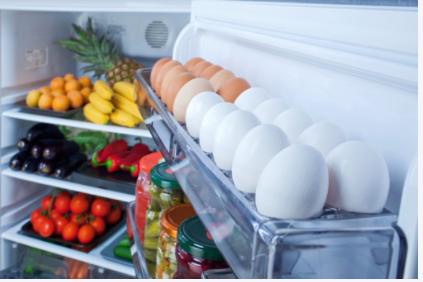
Sometimes we’re a little short on time and have a lot of tomatoes in our gardens. Mix them up with the canned and dry ones in a freezer. Very easy!
It doesn’t matter how you want to freeze them, either unpeeled or sliced. What matters is if you want your tomatoes to have a long shelf life.
Learn more about freezing your tomatoes below:
1. Freeze Them Whole
The first method is done by washing the tomatoes well, then freezing them with their skins. Put them in the fridge in an air-tight container. They will become like ice.
When you want to cook them, you can just remove them from the fridge.
2. Peel off the Skin
Put the tomatoes in boiling water to make the skin easy to remove. They should only be in the water for one minute, at most. Then put them in an airtight container.
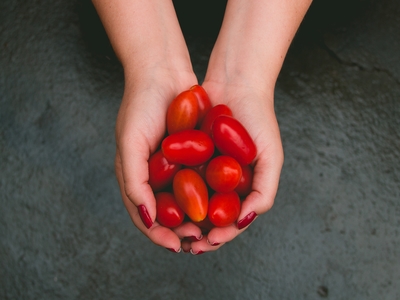
3. Slice Into Pieces
Alternatively, you can choose to slice the tomatoes into small pieces. First boil the tomatoes for a minute, peel off the skin, then cut them into small pieces. After you are done, place the tomatoes in an air-tight container.
Pros of Freezing Tomatoes
- If you have no time on your hands, then freezing is the easiest, fastest, and least messy method to use.
- Just like canning, frozen tomatoes are reusable for sauces, soups, stews, and cooking.
- Tomatoes that come straight from the freezer are luscious. Put them in a bowl and wait until they thaw instead of boiling them. In the process, the tomato water is removed, which can be heated and blended into a paste or juice.
- Freezing makes tomatoes tender and easy to peel. It’s always a hustle getting rid of the skins from a fresh tomato. All you need to do is place your frozen tomatoes on a clean sink, run them in warm water, and watch them peel without a struggle.
Cons of Freezing Tomatoes
- Freezing for too long can make the tomatoes lose their original taste.
#4: Tomato Paste
Another method you can use is to make tomato paste. To make tomato paste, you need to first choose the ripest tomatoes. These are the best for that!
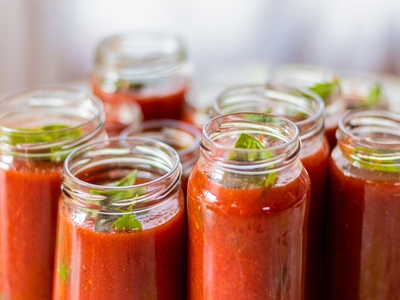
After sorting the tomatoes, remove any bad parts, and slice them in half. Place all the tomatoes into a large pot. Cook the tomatoes to make them softer. This can take about 2 minutes. Then add ½ a cup of olive oil and a teaspoon of sea salt.
After you are done, strain the tomatoes to remove the hard tomato coverings that didn’t soften completely. You can then reduce the tomato puree.
Add the tomato paste into clean jars. Put some olive oil on top of the paste to protect it. Cover with a lid and store them in the fridge.
Each time you use some tomato paste, remember to add some olive oil. To reduce mold development, always use clean utensils.
Pros of Making Tomato Paste
- It is an easy method that doesn’t require chemicals
- You can easily make use of the overripe tomatoes
- Tomato paste is great in cooking food. Even after being in the freezer, it can be used anytime to cook.
Cons of Making Tomato Paste
- It can take a lot of time
- It can grow mold if you aren’t careful
Make the Most out of Your Tomatoes!
Next time you walk into a grocery store, ask yourself how many DIY home remedies you can do in your free time. There are a lot of resources that can help you.
The three tips for preserving tomatoes highlighted in this article are just a few ways to start. Of course, you’ll encounter challenges in the process, but eventually, you’ll get there. After all, practice makes perfect, right? Your friends and family will long for those barbeques and gatherings to have a taste of your sauces.
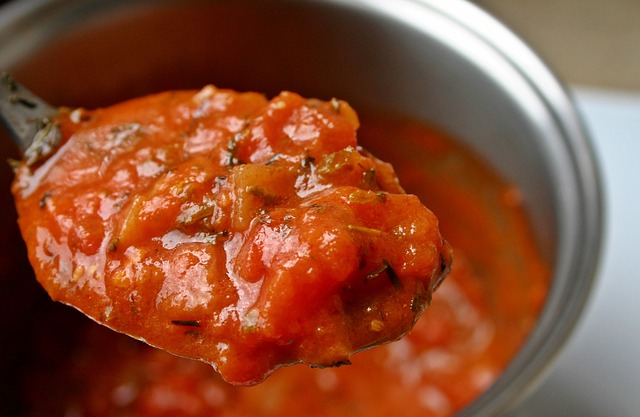
Image courtesy: Unsplash.com and Pixabay.com
